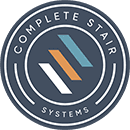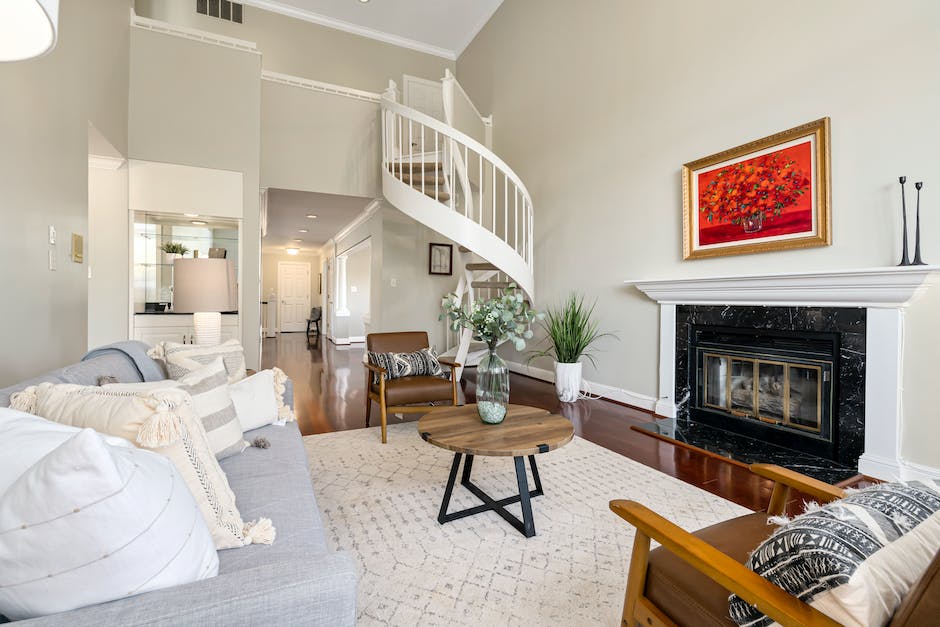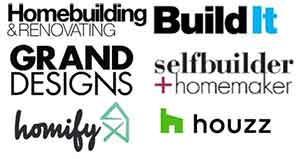Straight vs Spiral Staircase: Which Is Right for Your Home?
Last year, UK homeowners spent a staggering £21 billion on home renovations. But while kitchens and bathrooms tend to be the fashion, another area of your home that’s ripe for a makeover: The hallway.
Investing in a new staircase can transform any hallway into a statement. You aren’t limited with your options, either. There are plenty of styles of straight and spiral staircases to fit any taste and budget.
But what’s best: a straight or spiral staircase? To help you decide, read our complete guide to both options.
The Straight Staircase: What You Need to Know
Straight staircases run in a straight direction from floor to floor. They are the most typical type of stairs you’ll see in homes.
But don’t assume that means they are ordinary. There are many ways you can build a straight staircase that will make it as much a statement as practicality. Here are some types of staircases you should know:
Straight line: The most common type of single straight stairs, getting you from one floor to the other in a single set of straight stairs.
L-shaped: This style is often used to save space in a home. The stairs turn at a 90-degree angle, creating an “L” shape.
U-shaped: This is two steps of stairs with a flat platform in between. You’ll see these in wider hallways for a more grand entrance and commercial buildings.
With straight stairs, you also have the choice of open or closed risers. Open riser stairs have gaps between each step. Modern homes tend to favour the design as it looks more contemporary.
You may have also heard of floating stairs, which have no handrails.
Pros of a Straight Staircase
We’ll now explore the pros and cons of a straight staircase. First, we’ll examine the pros. Are straight stairs the best option for your home? Let’s look at the advantages:
More accessible: Straight staircases are easy to walk if you have mobility issues. They are also a better choice if you have young children. They’re also better if someone in your house uses a stair lift.
Faster installation: Straight stairs are easier, quicker and cheaper to install, so they may be a more practical choice when renovating your home.
Simple design: Straight stairs look beautiful and minimal, and there are plenty of ways to make the design classic or contemporary to suit your home.
Moving Furniture: It’s easier to carry large, bulky items up straight stairs, so they are often the preferred option for house buyers.
Cons of a Straight Staircase
There are many sensible reasons to pick a straight staircase. But are there any downsides? Let’s take a look:
Space: Straight stairs take up more room. Limited floor space in your home because of your stairs may leave you with a cramped ground floor.
Open plan: Straight stairs reduce privacy between the upstairs and downstairs, which might not work for you if the stairs lead to a studio or loft bedroom.
The Spiral Staircase: What You Need to Know
Spiral staircases aren’t as standard in homes as straight ones, so homeowners often choose them as a design feature. As with straight stairs, there is more than one style of a spiral staircase. Here are some of the main types:
Simple: A simple spiral stair attaches to a wall. That is a design you’ll see internally, and it’s often the style used for external spiral staircases too.
Wall-less: For small properties, a spiral staircase not attached to the wall allows you to add stairs in the middle of a room.
You usually see a few style choices with a spiral staircase design. That includes:
Wood: Wooden spiral staircases provide a softer, more classic finish. Nevertheless, some woods also work brilliantly in contemporary home designs.
Metal: For an industrial design feel, you can choose metal stairs, such as wrought iron. A combination of metal and glass is one of the most minimal, modern design styles.
Pros of a Spiral Staircase
There are some distinct benefits to choosing a spiral staircase. Here are the main reasons it could be the best option:
It saves space: A spiral staircase takes up less floor space. That’s hugely beneficial in an era of record property prices, where you might have limited square footage (especially in a major city like London).
It’s stylish: Spiral staircases bring a unique element to any property. If your house has period features, a spiral staircase is a great way to accentuate that look. Likewise, the right design will look stunning in a modern, minimalist home design.
There are options for every budget: While you can get expensive, high-end spiral staircases, there are low-cost options that are easy and quick to install. So they work for any budget.
Cons of a Spiral Staircase
Spiral staircases might look beautiful, but there are a few reasons why they might not be the best option for you. Here are some of the drawbacks:
Safety: Spiral staircases have triangular steps, meaning you must tread carefully. That makes them more of a safety issue for young children and those with mobility problems.
Practicality: If you have massive furniture to carry upstairs, you’ll find that a challenge with a spiral staircase. You might have to use the more expensive option of using an upstairs window instead. It could put off buyers if you intend to sell your home.
Storage: Many homeowners use the under area of straight stairs for storage. Some even offer enough space for a small office area. But you won’t have that amount of storage with a spiral staircase.
Straight vs Spiral Staircase: Which Is Right for You?
Your staircase is the first thing people see when they enter your home.
Investing in a striking look could have a transformative effect on your house. Use this guide comparing a straight vs spiral staircase to decide the best choice for your home.
Why not look at our complete staircase system to see if our designs fit your home?




